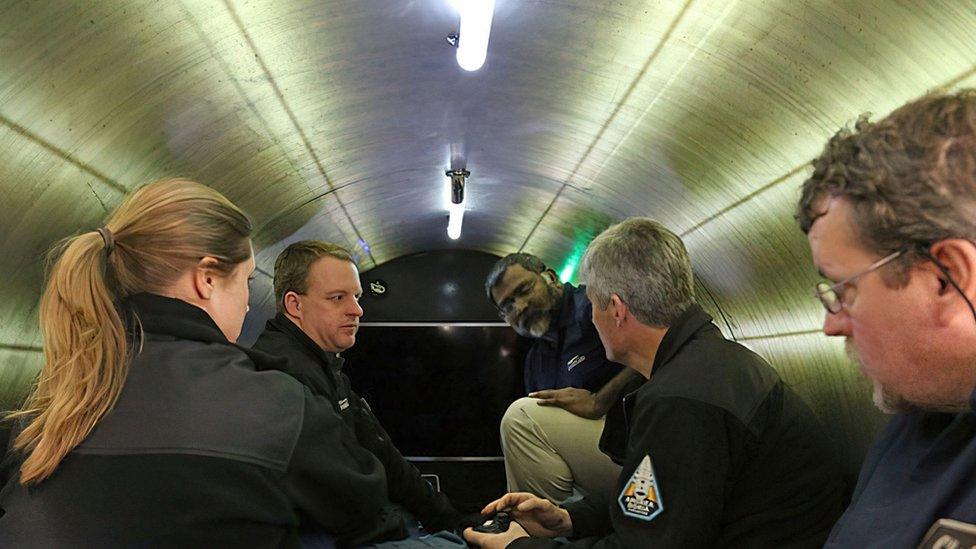Missing Titanic sub search team expand search area as oxygen fears mount
- Published
Watch: "We have to remain optimistic and hopeful" - Coast Guard Captain Jamie Frederick
Rescuers have doubled the search area in the hunt for five people on a sub missing after a dive to see the Titanic wreck site.
More boats and underwater vehicles are joining the search on Thursday, as the search enters a critical phase.
The sub, if it is still in tact, is likely to be running low on oxygen - meaning it could run out by around 10:00 GMT (06:00 EDT) on Thursday.
However experts say how long the oxygen lasts depends on various factors.
More noises were detected by sonar buoys - listening devices dropped from aircraft or ships - for a second day, the US Coast Guard said on Wednesday.
Speaking during a press conference in Boston, Capt Jamie Frederick said a Canadian search plane had picked up underwater noises on Tuesday and again on Wednesday.
That had prompted the search team to switch its focus to the area where the noises were detected.
Capt Frederick said they did not know what the noises were and the US navy was helping analyse them - and underwater searches of the area they were detected in had not yet yielded anything.
With the arrival of more boats and underwater vehicles, search operations would also resume where the search was originally taking place, he said. The overall area of sea being scoured was about 26,000 sq km (10,000 sq miles), twice the size of the US state of Connecticut.
"You always have hope," Capt Frederick said, adding: "This is a search and rescue operation 100%."
There were currently five surface vessels involved in the search, he said, with a further five heading to the area.
Meanwhile the two remotely-operated vehicles (ROVs) searching underwater would be joined by several more on Thursday morning.
"We're searching where the noises were detected. In the morning we'll continue to search there and put additional ROVs down where the search was originally taking place," he said.
One of the vessels on its way to help search efforts is French ship L'Atalante which has a robot that can reach the seabed 3,800m (12,500ft) down, and has the capacity to lift the Titan sub to the surface.
Earlier on Wednesday Rear Admiral John Mauger from the US Coast Guard said the sub is believed to have an emergency life-support system onboard to provide oxygen - but supplies were running out.
"One of the factors that makes it hard to predict how much oxygen is left is that we do not know the rate of the consumption of oxygen per occupant on the sub," he told the BBC.
On board the 21-foot vessel is British businessman Hamish Harding, British-Pakistani businessman Shahzada Dawood and his son Suleman, former French navy diver Paul-Henry Nargeolet and the CEO of OceanGate - which operates the submersible - Stockton Rush.

More on the Titanic sub

However Oisin Fanning, who has been on a deep sea voyage to the Titanic wreck before and knows some of those on board the missing submersible, told the BBC the crew would understand how to maximise their oxygen supply.
Mr Fanning said those on board will have gone through rigorous training beforehand and "will immediately look to conserve oxygen straight away".
Dr Ken LeDez, a hyperbaric medicine expert at Memorial University in St John's, Newfoundland, told the BBC it was possible the crew could survive even as oxygen supplies dwindle, depending on the crew's fitness and the conditions in the submersible.
While it's impossible to know the exact conditions inside, Dr LeDez said the crew will likely be facing increasing levels of carbon dioxide and could also be dealing with cold temperatures, along with the declining levels of oxygen.
A combination of these factors could lead to hypothermia and a loss of consciousness, he said. But these conditions aren't necessarily deadly and their metabolisms slowing down because of the cold could help them survive longer, he added.
"They're very smart... very accomplished people in there," he said. "If anybody can survive" in it, "it's these individuals."

- Published26 June 2023
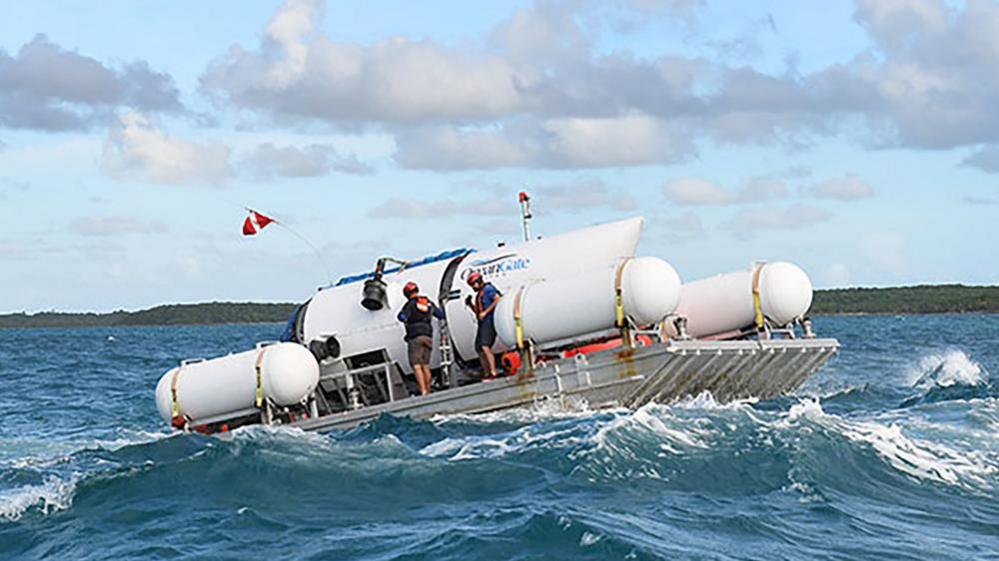
- Published21 June 2023
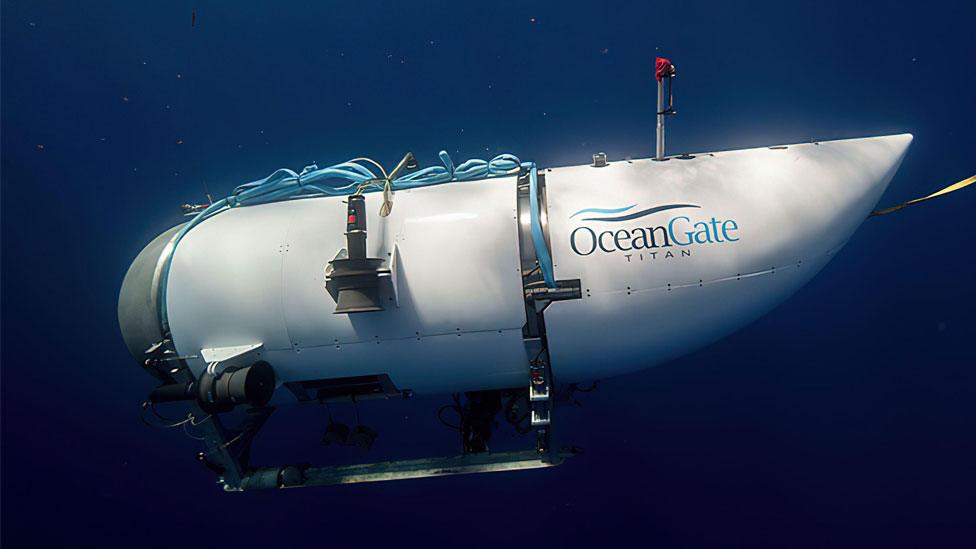
- Published22 June 2023
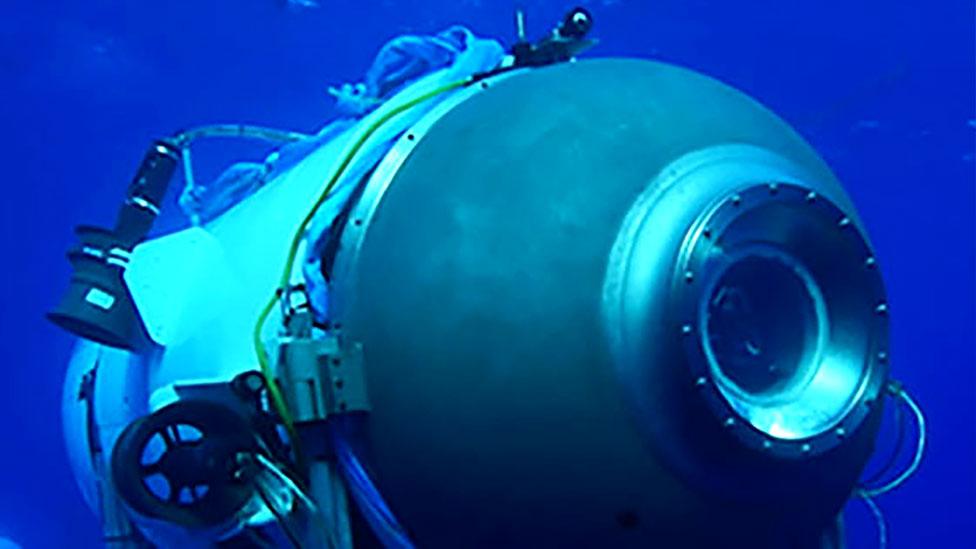
- Published21 June 2023

- Published21 June 2023

- Published23 June 2023
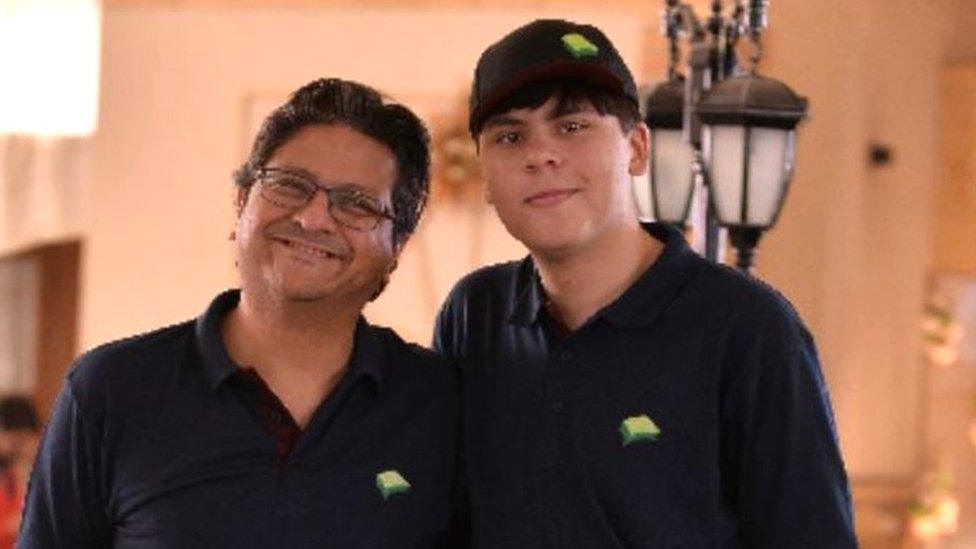
- Published20 June 2023
